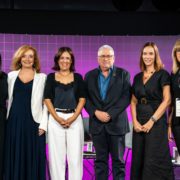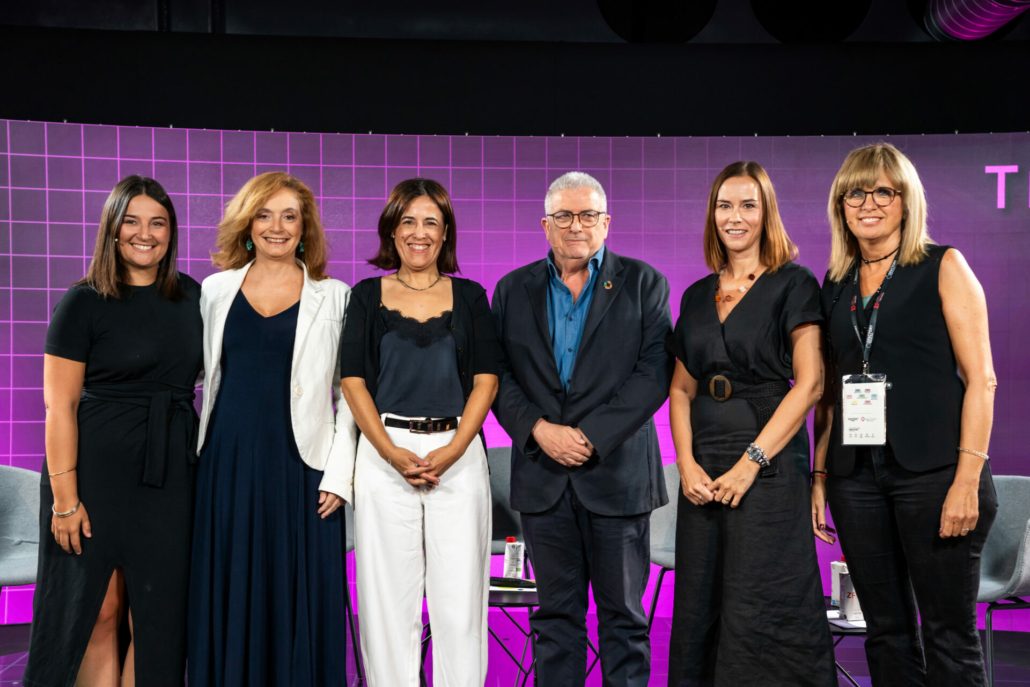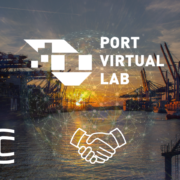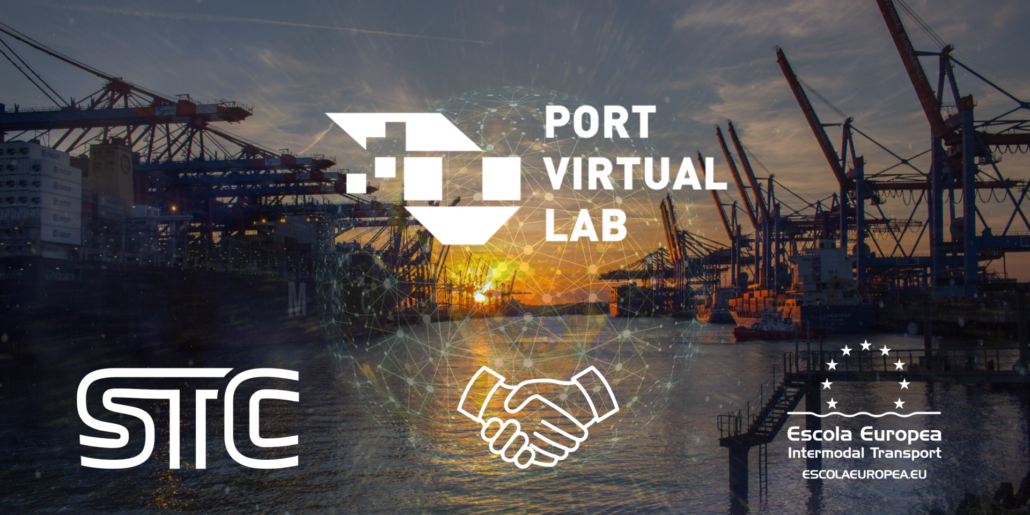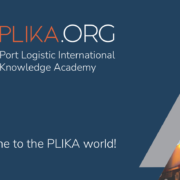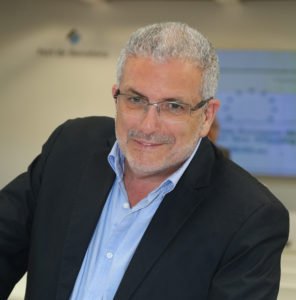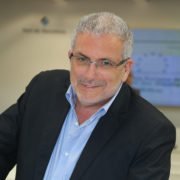
Written by: Eduard Rodés, director of the Escola Europea – Intermodal Transport
In Barcelona, on 18 April 2023, next to the Mediterranean Republic, it is springtime.
The Social Tetrahedron
Today, we find ourselves in a period of rapid technological progress, with digitalisation and innovation at the forefront. This process of constant innovation creates new training needs for emerging professional profiles, which in turn drives training to facilitate employment and the creation or maintenance of jobs. Innovation not only affects existing companies, but also gives rise to the birth of new companies, such as spin-offs, which are better adapted to the characteristics and demands of the market.
In this context, it is essential that innovation, entrepreneurship, training and employment develop in harmony, avoiding mismatches between the needs and capabilities of each stage. What we started out visualising as training and occupation and which we represented as the two sides of a coin has now become a four-sided tetrahedron in which innovation and entrepreneurship become an indissoluble part of the equation.

In this article, we will explore each of these four aspects from the perspective of what society can offer today and how it might evolve in the future.
Training
Training is the basis for developing the skills needed in the new employment landscape. Traditional education is evolving towards more practical and problem-oriented approaches. E-learning, vocational training and certification programmes play a crucial role in preparing workers for the labour market.
The use of simulators, as the Port Virtual Lab developed by the Escola, can be incorporated as a new tool for better and faster understanding and internalization of new skills in environments that would be difficult or impossible to reproduce in the real world. Simulators allow learners to practice and hone their skills in a safe and controlled environment. By immersing learners in realistic and interactive environments, these technologies enable the development of practical skills and problem-solving abilities that are directly transferable to real-world situations. As part of a comprehensive training strategy, simulators can help bridge the gap between theoretical knowledge and hands-on experience, ensuring that individuals are better prepared for the challenges they will face in their professional lives. Embracing these innovative tools can contribute to a more adaptable and skilled workforce, capable of keeping pace with the rapidly changing demands of the digital age.
Society must continue to adapt to this new reality, promoting lifelong learning and life-wide learning, with special emphasis on technical and digital skills. In addition, collaboration between educational institutions, businesses and governments needs to be fostered to ensure that training is aligned with the needs of the labour market.
Innovation
Innovation is the driving force behind the creation of new products, services and processes. To remain competitive in this constantly changing environment, both companies and individuals must be willing to adopt new technologies and adapt to new approaches to work.
The use and development of “living labs” can be incorporated as a new tool for better, faster, and more effective collaboration among participants. Living labs provide environments where the configuration of work teams can be more agile and dynamic, and where innovations and advances from all participants can be effectively shared.
Living labs are real-life settings where users, researchers, and companies collaborate to develop, test, and refine innovative solutions in real-world contexts. These collaborative spaces foster co-creation and user-driven innovation, ensuring that the resulting products and services are better aligned with the needs and expectations of their target audience.
Government policies can encourage innovation through investment in research and development, and the creation of fiscal and financial incentives for innovative companies. In addition, cooperation between the public and private sectors can create a favourable ecosystem for innovation, where universities, companies and research centres work together to create new solutions.
A foundation that unites public and private organizations, such as the one promoted by the Port of Barcelona, can foster innovation, entrepreneurship, training, and job creation in the digital age. By facilitating collaboration, resource sharing, and knowledge exchange, the foundation can better align initiatives with market needs and skill gaps. Providing financial support, mentorship, and networking opportunities, the foundation helps develop a skilled and adaptable workforce. Additionally, the foundation advocates for policy changes and regulatory frameworks that support its objectives, ultimately contributing to sustainable economic growth and social progress.
Entrepreneurship
Entrepreneurship is essential for job creation and economic growth. New companies and start-ups are often responsible for bringing the most disruptive and transformative innovations to the market. It is therefore essential that society provides an enabling environment for new entrepreneurs to emerge.
To foster entrepreneurship, training and mentoring programmes can be established, access to finance can be facilitated, and the creation of support networks among entrepreneurs can be promoted. Governments can also implement policies that reduce bureaucratic barriers and simplify the process of creating and developing new businesses.
Public administrations play a crucial role in fostering entrepreneurship by facilitating environments such as “sandbox” settings, where businesses can test and develop new ideas without regulatory restrictions. These controlled environments enable organizations to experiment, learn, and iterate quickly while minimizing risks. Additionally, public administrations can act as a driving force by becoming the “first customer” for startups and businesses launching new products or services. As early adopters, they help validate market potential, provide valuable feedback, and attract further customers and investors. Doing this, public administrations demonstrate their commitment to economic growth and social progress. Through collaboration with private organizations and a focus on fostering entrepreneurship, public administrations can effectively navigate the challenges of the digital age and promote sustainable development for the benefit of all stakeholders.
Occupation
Rapid technological progress and the emergence of new businesses create new jobs and transform the demands of the labour market. Society must be able to adapt to these changes, ensuring that workers have the necessary skills to perform the jobs of the future. This involves not only the development of technical skills, but also soft skills such as critical thinking, creativity and adaptability.
Greater collaboration between business, education institutions and governments is key to anticipating labour market needs and ensuring a smoother transition for workers. These three main actors, which we call the triple helix because of their capacity to push and advance, must be obliged to create the spaces of collaboration and understanding that facilitate the smooth development of all the aforementioned vectors of advancement. It is important to emphasize the creation of joint working groups where representatives from different stakeholders can establish task forces focused on addressing specific issues and advancing new directions. These groups also play a vital role in coordinating and synchronizing efforts to ensure a balanced labour market, with well-prepared individuals possessing the necessary competencies. Sectoral agreements and collective work are fundamental to achieving positive outcomes.
Collaborative working groups enable stakeholders from various sectors, including businesses, educational institutions, government agencies, and labor organizations, to identify skill gaps and workforce needs, develop targeted training and education programmes, and create policies and initiatives that promote job creation and economic growth. By working together, these groups can more effectively address the challenges and opportunities presented by the rapidly changing labor market and ensure that individuals are equipped with the skills and knowledge required to succeed in the digital age. In addition, special attention must be paid to inclusion and equal opportunities, ensuring that all members of society have access to the training and job opportunities that will enable them to thrive in the digital age.
Epilogue
The tetrahedron of education, innovation, entrepreneurship and employment is essential for society’s success in the digital and artificial intelligence era. Collaboration between the different actors and constant adaptation to new technologies and approaches to work will enable people and companies to make the most of the opportunities offered by digitalisation. It is essential that these four aspects develop in harmony, to avoid imbalances and ensure sustainable and equitable growth in an ever-changing world.
But in order to have a broader view of the reality in which we live, we can make a creative association between training, innovation, entrepreneurship and occupation with the four elements of nature: water, fire, air and earth could be represented as follows:
Water – Training
Water is fluid and adaptable, taking the shape of the container that holds it. Similarly, training must be flexible and adaptable to the changing needs of the labour market. Just as water is essential for life, training is the basis for the development of skills and knowledge that enable people to thrive in the workplace.
Fire – Innovation
Fire is synonymous with energy and transformation, capable of rapidly changing the state of the elements with which it comes into contact. Innovation, like fire, has the power to radically transform industries and societies, driving significant changes in the way we live and work. Innovation can also be contagious, spreading rapidly through communities and sectors like the flames of a fire.
Air – Entrepreneurship
Air represents freedom, movement and expansion. Entrepreneurs, like air, are agents of change that drive economic growth and job creation. Entrepreneurship is characterised by the ability to adapt to different situations and find new opportunities, just as air moves and flows through different spaces.
Land – Jobs
Land symbolises stability and solidity, providing a firm foundation on which to build. Jobs are the foundation that supports the economy and society, providing people with the means to sustain their lives and contribute to collective well-being. Land is also the place where natural and human resources converge, just as jobs represent the meeting point between people’s skills and knowledge and the demands of the labour market.
By linking these four aspects to the elements of nature, we can gain a richer and more symbolic perspective on how each of them contributes to balance and harmony in economic and social development.
Conclusion
With the YEP MED project, progress is being made in the direction that will enable the objectives of training and employment to be achieved. With the TECHLOG project, progress is being made in achieving the objectives of innovation and entrepreneurship. Together we are making progress in the construction of the tetrahedron that will enable the ports and logistics communities to work together to achieve leadership in innovation, entrepreneurship, training and employment; with the heart set on the preservation of the environment represented by water, fire, land and air. Leading means being a role model for the rest of society, setting an example and facilitating change. Ports have the resources to do so and must take on the commitment made by the United Nations with the SDGs: no one should be left behind.








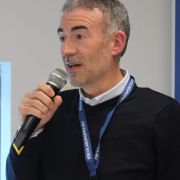
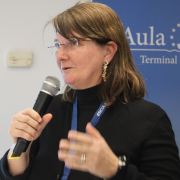
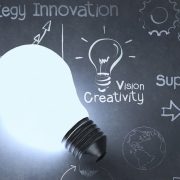
 This month we were thrilled to have the opportunity to have this insightful conversation with Mr. Alvaro Albacete Perea, the Deputy General Secretary of the Union for the Mediterranean. In the midst of evolving geopolitical dynamics in the Mediterranean region, we wanted to share this with you to understand the pivotal role of science diplomacy. Mr. Albacete shares profound insights into this burgeoning new field, shedding light on its transformative impact on regional challenges.
This month we were thrilled to have the opportunity to have this insightful conversation with Mr. Alvaro Albacete Perea, the Deputy General Secretary of the Union for the Mediterranean. In the midst of evolving geopolitical dynamics in the Mediterranean region, we wanted to share this with you to understand the pivotal role of science diplomacy. Mr. Albacete shares profound insights into this burgeoning new field, shedding light on its transformative impact on regional challenges. 